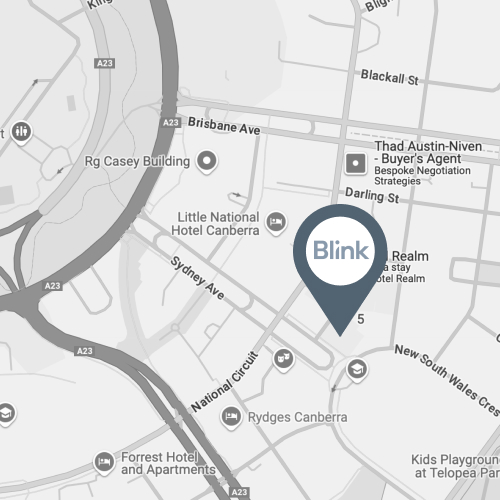
How does laser eye surgery work?
You’ve probably heard of laser eye surgery—but how does it actually work?
At Blink Vision Clinic in Canberra, we help people reduce their need for glasses and contact lenses through laser vision correction. If you're thinking about this option, it’s important to understand how the procedure works.
Here’s a simple guide to get you started.
What is laser eye surgery?
Laser eye surgery reshapes the cornea—the clear front surface of your eye. When the shape of the cornea is changed, light can focus more accurately on your retina. That’s what helps you see more clearly.
There are different types of laser eye surgery, and each works a little differently depending on your needs.
What types of laser surgery do you offer?
At Blink Vision Clinic, we offer:
- LASIK – A flap is created in the top layer of the cornea, then a laser reshapes the tissue underneath. The flap is replaced after the treatment.
- TransPRK (SmartSurface) – This is a ‘no flap’ option. The laser reshapes the surface of the cornea directly. It's often recommended for people with thinner corneas.
- PresbyMAX – A type of blended vision laser treatment. It’s designed for people over 45 who want to reduce their reliance on reading glasses and distance glasses.
Your suitability depends on your eye health, prescription, and lifestyle. A consultation and eye scan will help determine the best option for you.
What happens before the procedure?
We start with a detailed eye examination. This includes:
- Corneal scans
- Prescription check
- Eye health assessment
- Discussion about your vision goals
If your eyes are stable and healthy, and your prescription falls within safe limits, you may be a good candidate.
What happens during the procedure?
The procedure itself is quick—often just a few minutes per eye. You’ll be awake, but numbing drops are used so you don’t feel discomfort. A lid holder helps keep your eye still and open.
You may feel some pressure, but the laser itself is silent and guided by a computer system. You’ll be asked to look at a light during the treatment.
Afterward, you'll rest briefly, and we’ll check your eyes before you go home.
What happens after the procedure?
Recovery depends on the type of procedure:
- LASIK: Most people notice improved vision the next day.
- TransPRK: Recovery is a bit slower. You might need several days before your vision becomes clearer.
We’ll give you eye drops and detailed instructions to help with healing. You’ll also return for follow-up visits so we can check your progress.
Will it work for me?
Laser eye surgery helps many people reduce their need for glasses or contact lenses. But it’s not suitable for everyone. Some people may still need glasses for some tasks, especially later in life.
Results depend on factors like age, eye health, prescription, and healing. That’s why the first step is to check if you're likely to be a good candidate.
What should I do next?
You can start with our free suitability self-test. It gives you a general idea of whether laser eye surgery might suit you.
Find out if you are suitable for vision correction
Not everyone is eligible for vision correction surgery.
Find out if you could benefit from this life changing surgery by taking the quick self-suitability quiz below:


